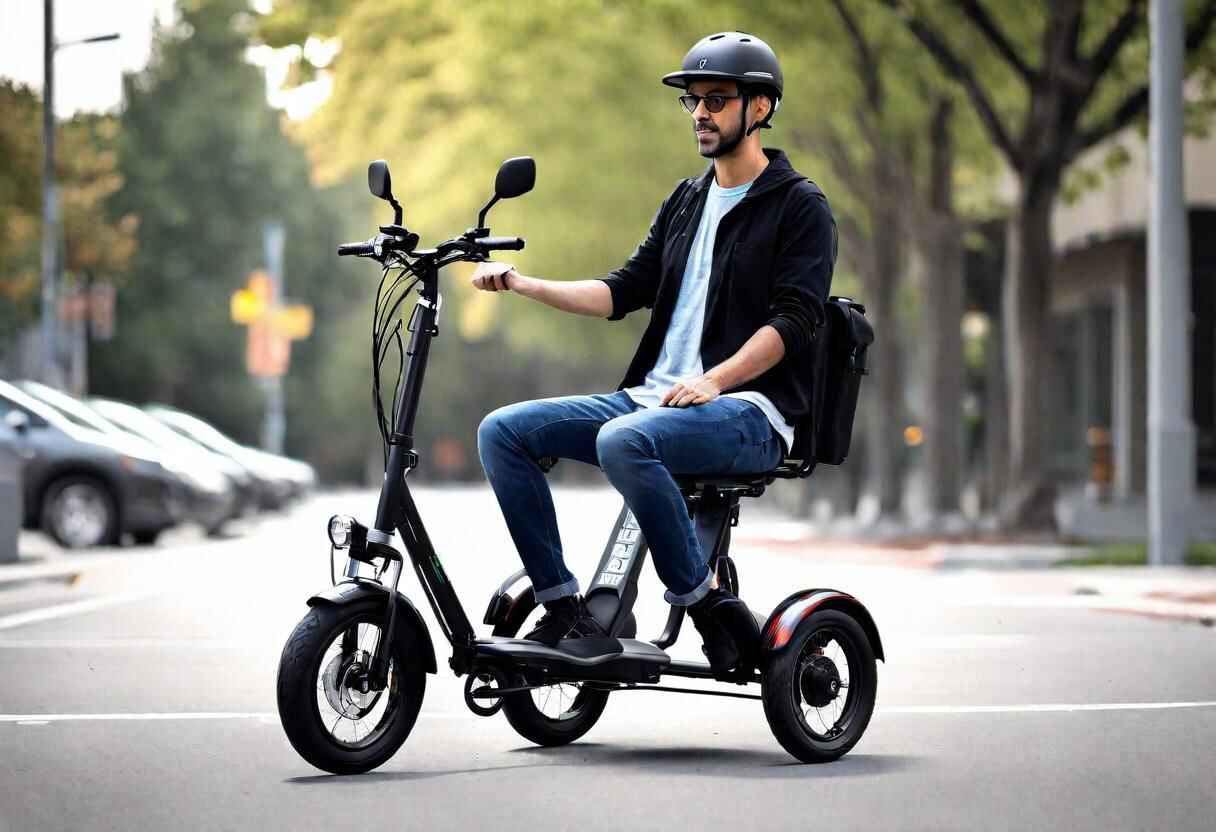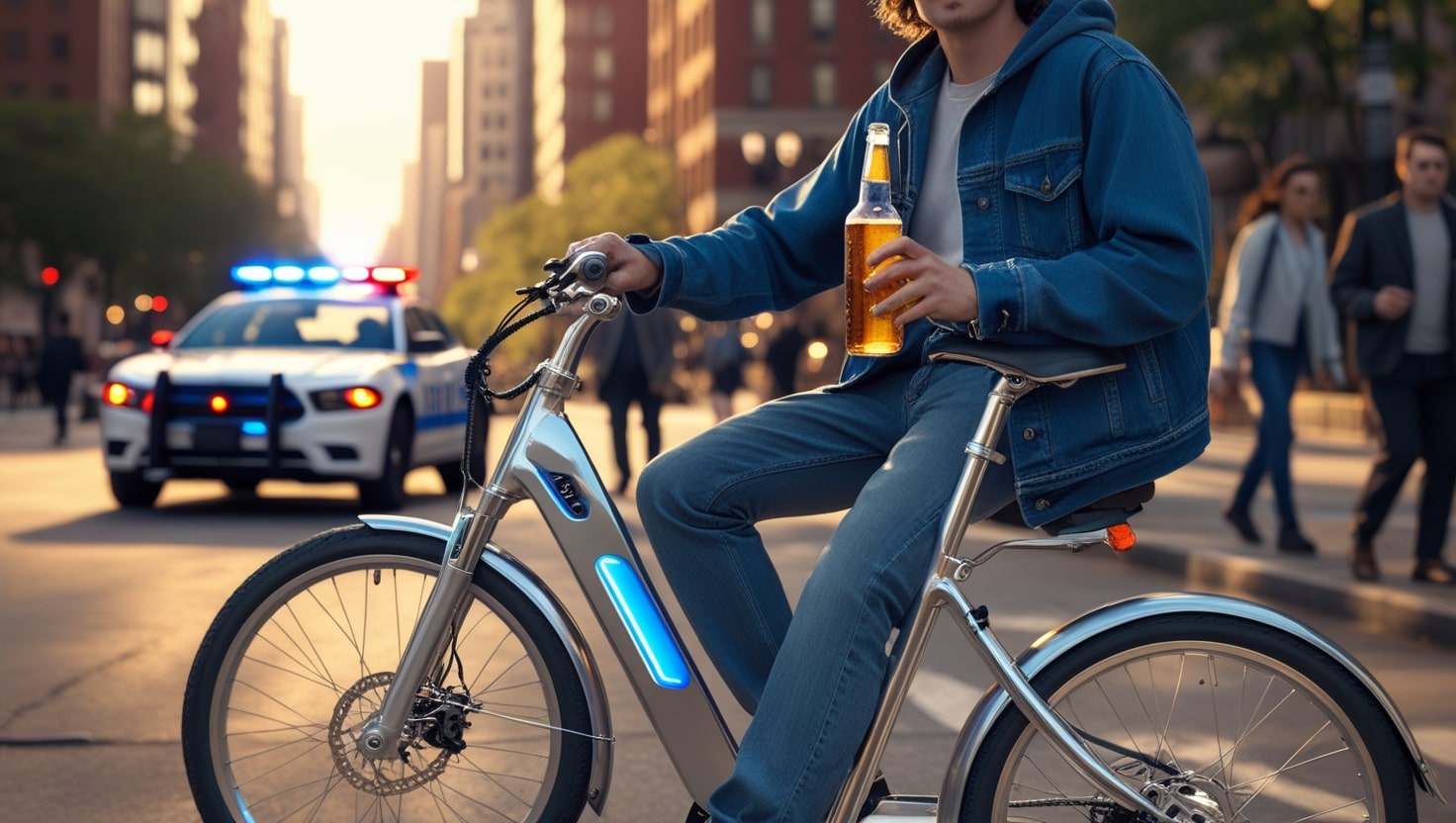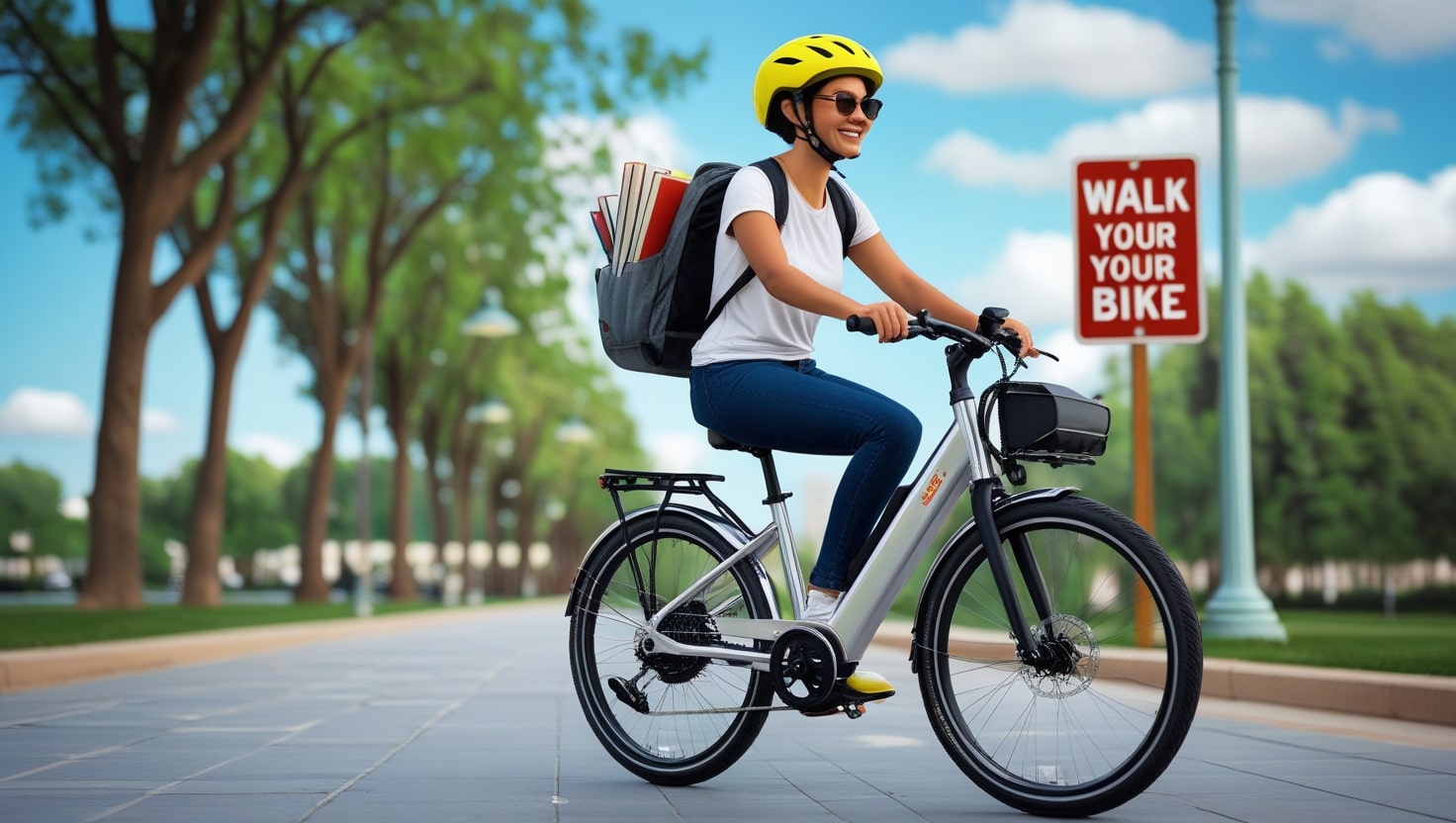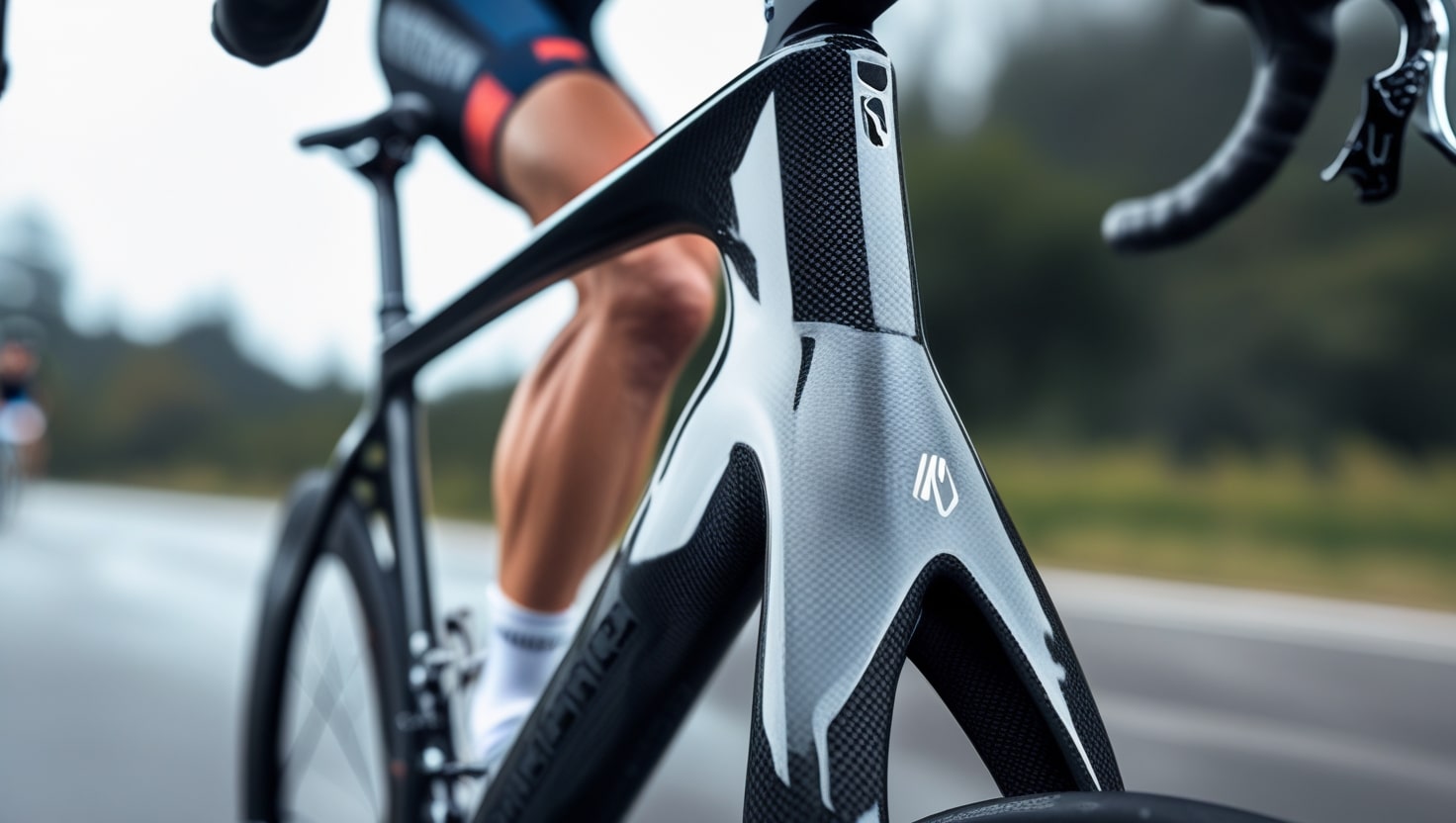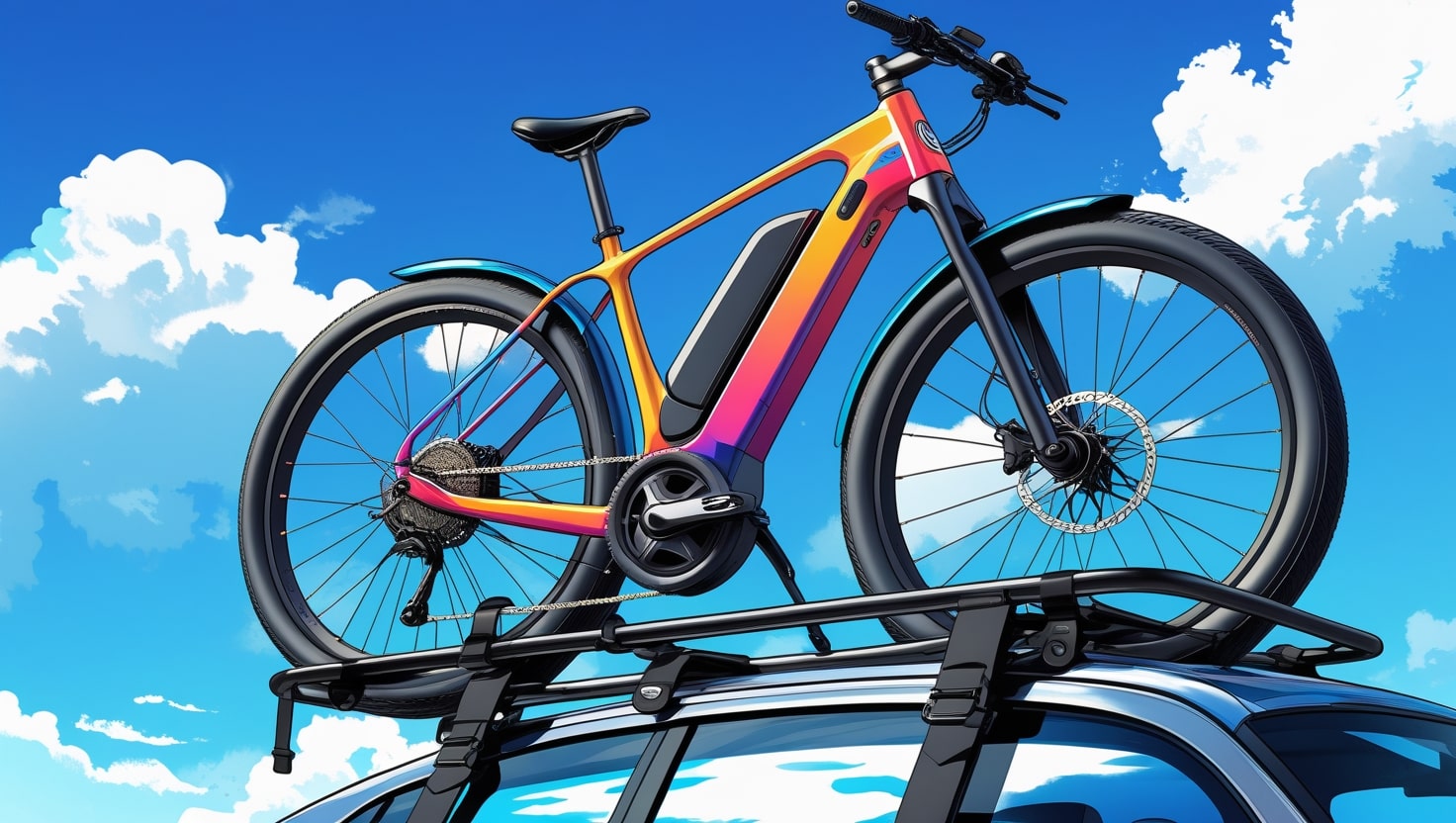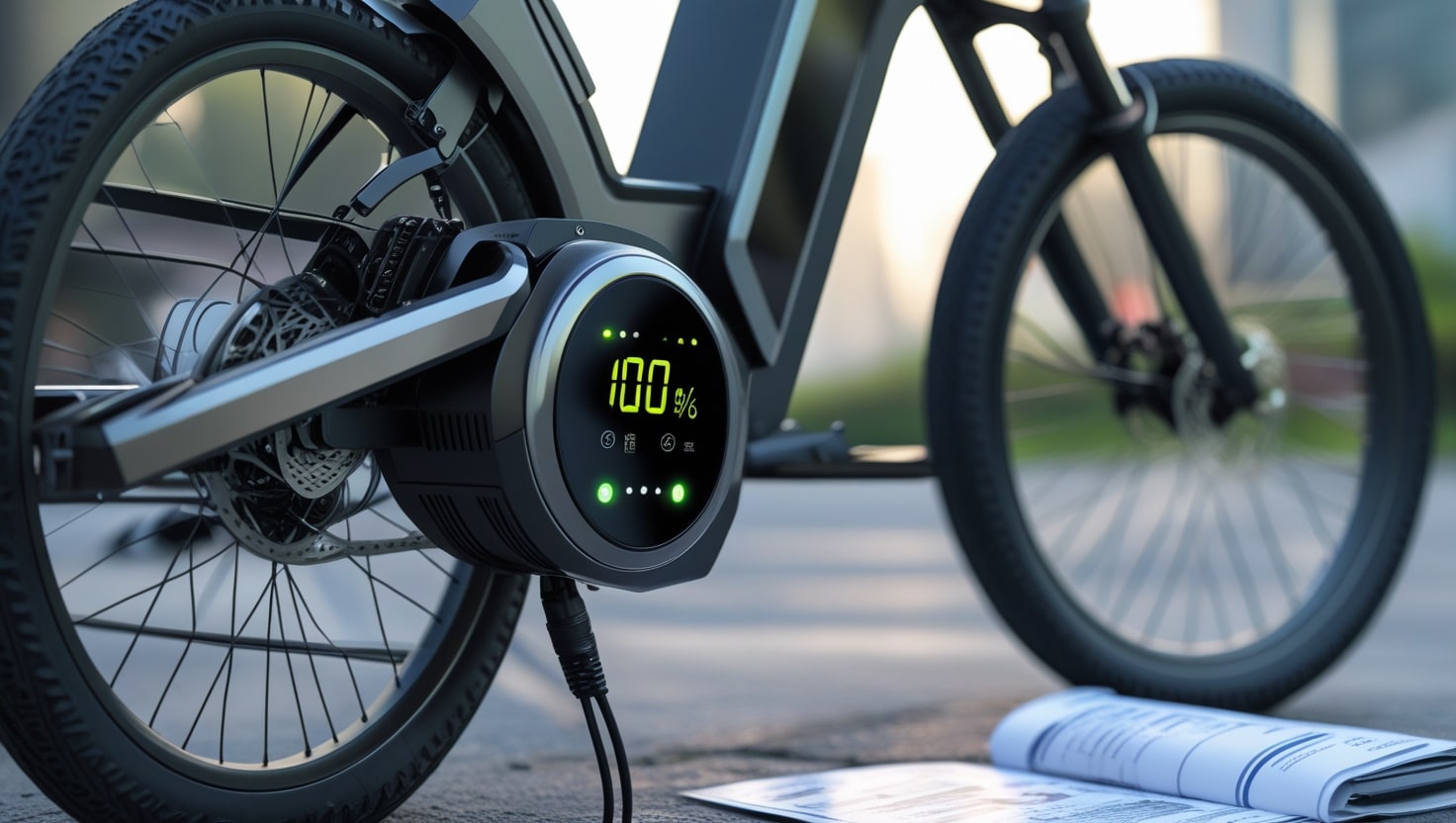E-bikes, often called electric-assist bikes, are gaining immense popularity across the United States, providing great options for commuting, recreational activities, and fitness. In New Hampshire, these bikes provide a fantastic way for people of all ages to stay active, especially for those facing physical limitations due to health issues or reduced fitness. By giving the needed assistance, e-bikes open doors for individuals who might otherwise struggle with traditional bikes. This brief brochure covers the essential New Hampshire ebike laws surrounding the use of e-bikes in the state, helping riders enjoy their benefits safely and legally.
new hampshire ebike laws FOR ROADS
New Hampshire classifies e-bikes into three separate classes based on national standards:
Class 1: A bicycle with an electric motor that assists only while the rider is pedaling. The e-bike stops assisting once it reaches 20 mph.
Class 2: This bicycle uses a throttle-actuated electric motor to assist. The e-bike stops assisting once it reaches 20 mph.
Class 3: A bicycle with an electric motor that only works while the rider is pedaling. It ceases assisting once the e-bike reaches 28 mph. A factory-installed speedometer is also required for this class.
E-bikes are regulated similarly to bicycles, meaning the same rules of the road apply to both traditional human-powered bicycles and electric ones.
Class 1 and Class 2 e-bikes are permitted on multi-use paths and areas where regular bicycles are allowed, but Class 3 e-bikes are limited to roadways unless a local authority allows them on specific paths.
Unlike motor vehicles, e-bikes don’t require registration, licensing, or insurance, making them accessible for riders looking for simpler transportation options.
Riders must be at least 16 years old to operate a Class 3 e-bike, while helmets are mandatory for operators and passengers under the age of 18. For Class 1 and Class 2 e-bikes, the helmet law follows the same rules as those for traditional bicycles, requiring them for anyone under 16.
Local city, town, or state agency authorities can impose restrictions on where e-bikes are allowed, so riders should check local rules and regulations to avoid any issues.
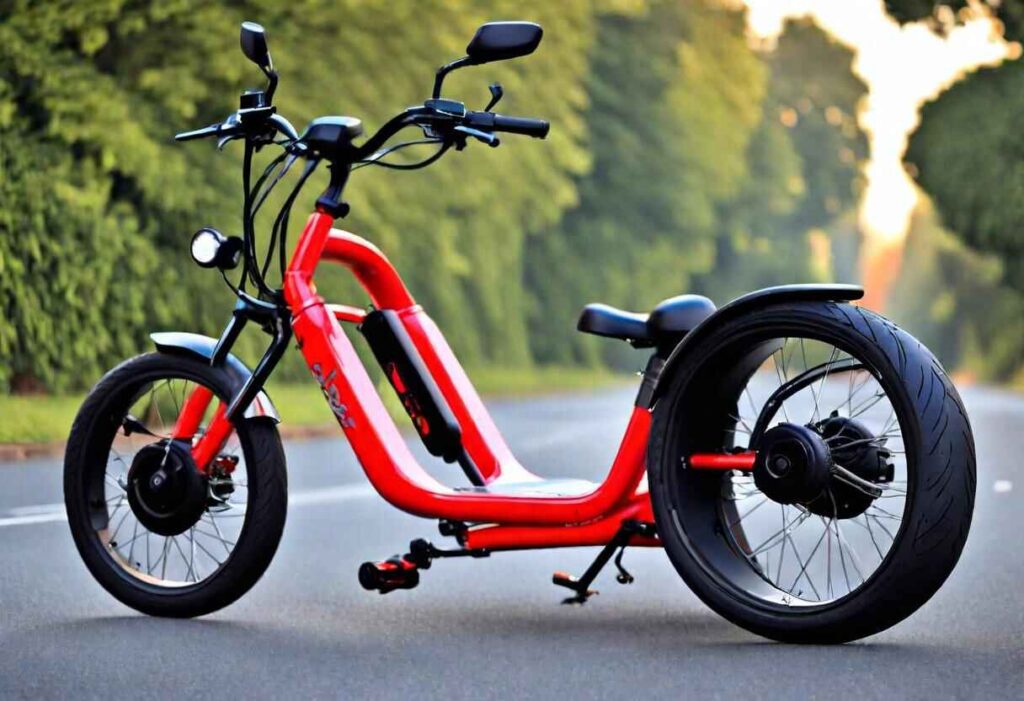
new hampshire ebike laws FOR TRAILS
LOCAL: Check with your local land management agency to understand specific rules for e-bikes in your area. Policies vary, so it’s always best to verify access guidelines for trails.
STATE: The New Hampshire Bureau of Trails does not yet have a formal law or policy for e-bikes, but they are generally classified as motorized vehicles. For the latest information, contact the appropriate department. Groups like People for Bikes and the Bike-Walk Alliance of New Hampshire monitor policies and update their documents to reflect changes.
FEDERAL: Most public lands used for recreation in New Hampshire are under the jurisdiction of the U.S. Forest Service. In this context, eMTBs are considered motorized vehicles and are restricted to trails designated for motorized use. The Eastern Regional Office is revising rules to allow for the greater use of e-bikes on federal lands, so stay informed about upcoming changes.
eMTB GUIDELINES
eMTBs have different levels of access on federal, state, county, and local trails, depending on how each trail is managed. Always check specific rules before heading out.
In most cases, natural surface trails open to both motorized and non-motorized activities are also open to e-mountain bikes (eMTBs), but exceptions exist.
Some trails, especially those designated for non-motorized use, may not allow eMTBs. Be sure to confirm their use beforehand.
To ride legally, stick to authorized trails and consult the land manager if you’re unsure about a specific trail.
Remember that local rules can change frequently, so stay informed to ensure compliance and a safe, enjoyable experience.
eMTB RIDES IN NEW HAMPSHIRE
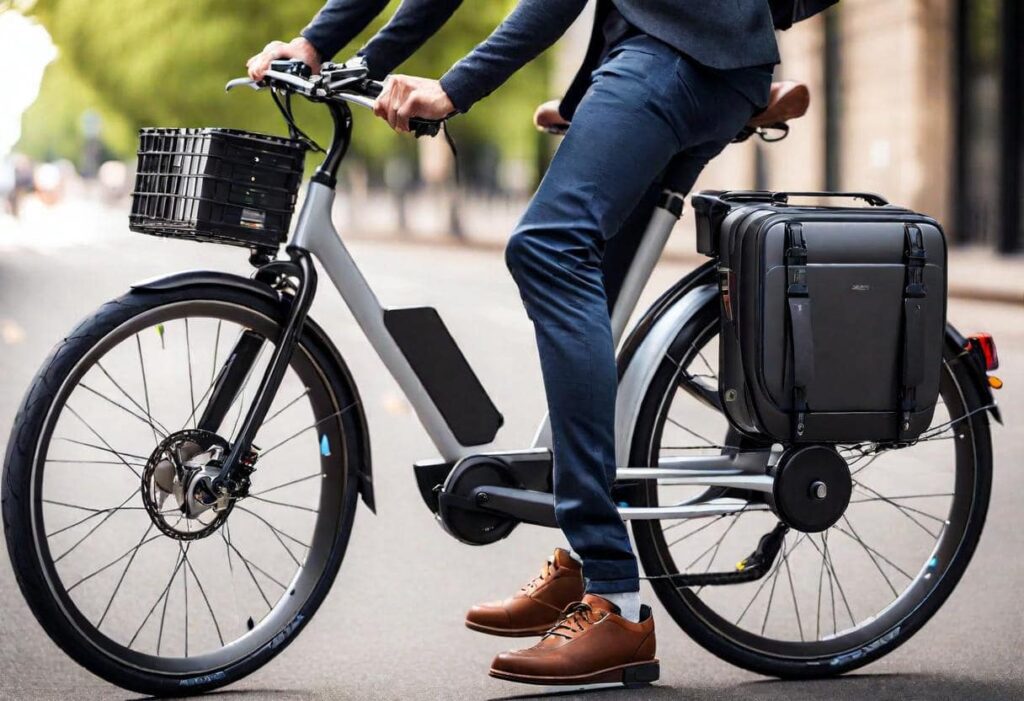
Here are some of the best places to enjoy riding eMTBs in New Hampshire.
The Green Woodlands Foundation in Dorchester offers scenic trails that are exclusively for Class 1 e-bikes. With over 60 miles of paths, it’s a great destination for riders seeking natural beauty and adventure.
The Rockingham Recreational Rail Trail in Manchester spans 28 miles, providing a mix of rural and urban landscapes, ideal for exploring New Hampshire’s charm on your eMTB.
At the Sawyer River Road Area near Bartlett Village, riders can enjoy approximately 30 miles of trails, perfect for a peaceful ride surrounded by stunning mountain views.
Related: Maryland Ebike Laws
WHAT E-BIKE RIDERS SAY
We bought e-bikes so we could ride the same paths we rode 30 years ago
Lee, Salem NH
Our e-bikes make it easier and safer to use for transportation and exercise. We tried scooters before, but they were too big, required more maintenance, and didn't provide any exercise.
Ken, Hampton NH
My e-trike offers a lot of stability and makes the inclines over the North and South Bridges on the rail trail a lot easier. The recumbent is comfortable and it gets a lot of positive comments!
Chuck, Keene NH
At 67, I was only good for about 10 miles. With my e-bike I can do 30 like the old days.
Mike, NH
My e-bike prompts me to ride more often and travel further because it is so much fun. The hills seem to disappear!
Dave, Salem NH
Related: Minnesota eBike Laws
OUT OF CLASS ELECTRIC VEHICLES
Any bicycle equipped with an electric motor greater than 750 watts (1 HP) and capable of speeds greater than 20 MPH is classified as an out-of-class electric vehicle (OCEV). According to Federal and manufacturer definitions, these vehicles follow the same regulations as an Off-Highway Recreational Vehicle (OHRV). This means their use must align with specific guidelines for off-road activities.
OCEVs are not allowed on roads, rail trails, or mountain bike paths. Instead, they can only be used in parks and on private lands where motorized OHRVs are permitted. Always check local rules to ensure compliance with these restrictions.
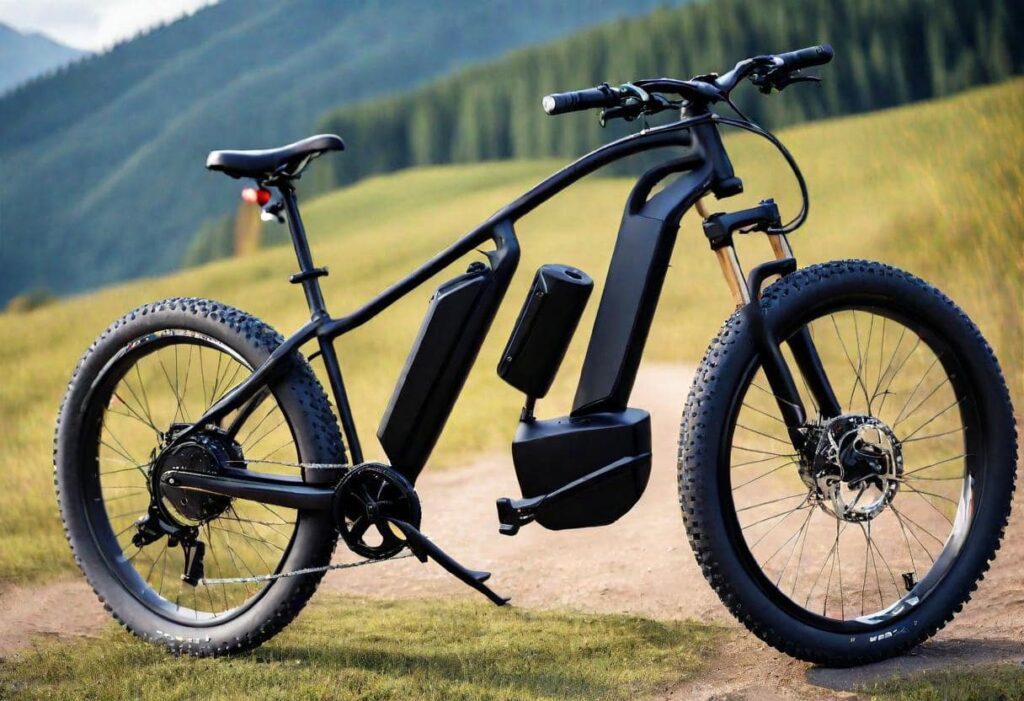
Where can I ride an e-bike in Lebanon?
E-bikes are allowed on on-street facilities such as bike lanes and, with some exceptions, can be ridden in most places where regular bicycles are allowed. Below is a breakdown of permitted areas and applicable restrictions.
Class 1 and 2 e-bikes
Class 1 and Class 2 e-bikes are allowed on on-road facilities, such as bike lanes, as well as bicycle paths and multi-use paths in Lebanon. Only pedestrians and children under 12 are allowed to ride bikes in city locations such as the mall and Colburn Park.
The City of Lebanon, like other municipalities, has jurisdiction to pass local rules about where e-bikes can be used. While the city hasn’t created specific regulations yet, it is observing how e-bike riders and other modes of transportation interact on multi-use paths. According to the NH RSA, the city has the authority to restrict Class 1 or Class 2 e-bikes on routes where conventional bicycles are normally allowed based on safety or operational issues.
On non-motorized trails, check trail signage for restrictions and consider the natural surface, whether it’s paved or graveled, before riding. The city regulates conservation land trails and advises riders to use discretion, ensuring they do not impact the environment more than regular users. On local mountain bike trails, maintain safe speeds and be mindful of limited visibility to avoid conflict with other users.
Class 3 e-bikes
Class 3 e-bikes are allowed on on-road facilities like bike lanes, but they are not permitted on any state or local bike path or multi-use path unless it is explicitly stated by the relevant city, town, or state agency. They are also prohibited on natural surface paths and trails, including areas like Mt. Support Road, the Mascoma River Greenway, and the Northern Rail Trail. Always confirm applicable rules for operation in specific areas to ensure compliance.
Hand-converted e-bikes
For hand-converted e-bikes, there is currently no formal guidance available regarding their classification. Riders should evaluate the equipment and determine whether it aligns with Class 1, Class 2, or Class 3 standards to understand applicable road rules. Updates on permitted usage will be provided as more information becomes available.
Related: Convert Mountain Bike To Electric
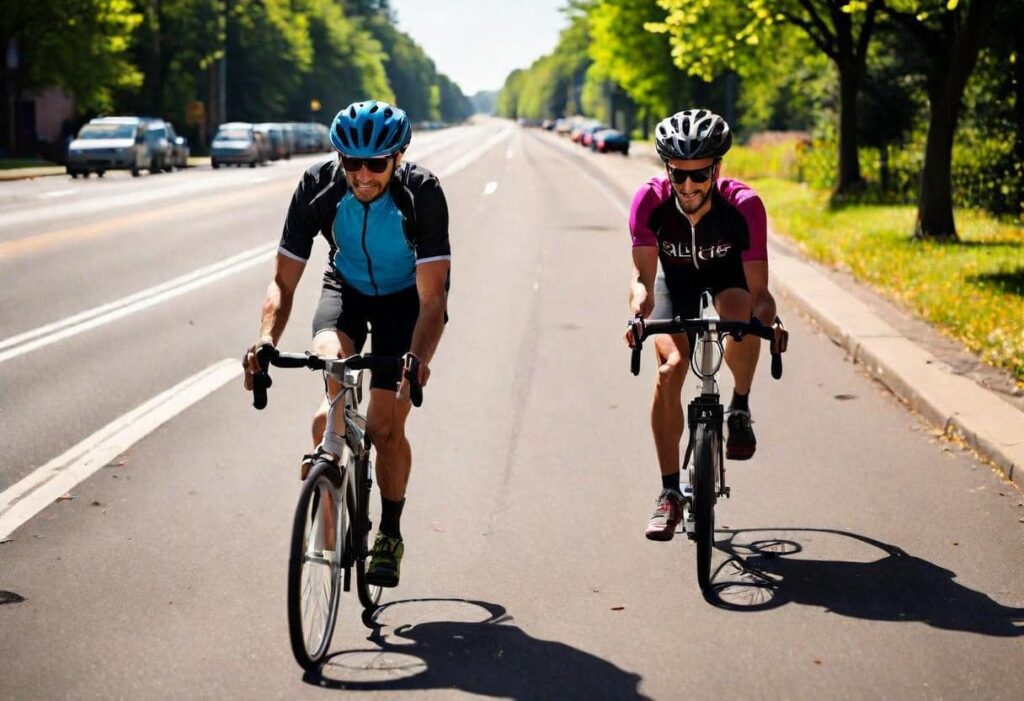
Why is it important to allow e-bikes in our community?
E-bikes bring significant benefits to communities by improving mobility and accessibility for those who cannot use traditional bicycles due to health, age, or challenging terrain. They provide a way for non-riders to engage in light exercise that can improve overall well-being. Riders can travel farther, enabling them to commute, run errands, and reach destinations that might not be possible with a regular bike.
These bikes also reduce transportation impacts by lowering air pollution and greenhouse gas emissions, directly benefiting public health and the environment. They help ease traffic congestion and lower parking demand. Charging e-bikes at facilities powered by renewable energy can further enhance their eco-friendliness, giving regions a unique opportunity to reduce their carbon footprint.
In addition to environmental benefits, e-bikes support local economies. They allow people to save money by relying less on a car and make carrying loads, like groceries, easier. Cities offering bike share programs with electric bikes and local bike shops renting them create new opportunities for recreation, tourism, and other popular uses.
What is safe, responsible biking?
Safe biking begins with understanding proper etiquette and following the guidance from organizations like the Rail-to-Trails Conservancy. Whether you’re on an e-bike or a regular bike, maintaining safe speeds is essential for everyone’s safety. For example, riders on Class I, Class II, or Class III e-bikes should adhere to speed limits of 20 mph or 28 mph depending on their bike type. On shared trails, it’s important to stay aware of other trail users, including pedestrians and cyclists, and ensure smooth interactions by using clear signaling and appropriate passing techniques.
Using tools like Google Maps for bicycle directions can help plan routes with suitable terrain and manageable speeds. On average, most riders maintain speeds of 10 mph to 13 mph, far from the intense pace of 25 mph seen in events like the Tour de France. Whether you’re enjoying a scenic ride or testing the capabilities of your electric motor, always prioritize user behavior that respects the shared trail experience and uses technology responsibly.
Do You Need a License to Drive an Electric Bike?
In New Hampshire, no license is required to operate ebikes. Under the law, electric bikes are treated the same as traditional bicycles, meaning there’s no need for registration, licensing, or insurance. This makes them a convenient and accessible option for many riders, providing an easy way to travel without the extra costs and paperwork associated with motor vehicles.
The Bottom Line
New Hampshire’s electric bike laws are designed to make riding both accessible and enjoyable for everyone. By understanding and adhering to these laws, you can fully enjoy your electric biking experience in the state, whether you’re commuting, exploring singletrack trails, or seeking adventure. E-bikes offer a sustainable and fun way to travel, so always stay updated with local regulations and enjoy the ride.
Related: What Goes On at Sturgis Bike Rally
FAQs
Do you need a license to drive an electric bike in New Hampshire?
In New Hampshire, you don’t need a license to ride an electric bike. Since these bikes operate under the same principles as traditional bicycles, there is no need for registration, licensing or insurance, making them a convenient and convenient choice for transportation.
What are the different classes of electric bikes recognized in New Hampshire?
Class 1: The motor assists the rider only while pedaling and stops providing assistance when the bike reaches 20 mph.
Class 2: These bikes have a throttle-actuated motor assistance that also stops when the bike reaches 20 mph.
Class 3: The motor assists while the rider is pedaling, but this class allows speeds up to 28 mph before assistance stops.
Are there age restrictions for riding electric bikes in New Hampshire?
To ride a Class 3 electric bike in New Hampshire, you must be at least 16 years or older. If the bike is designed to carry passengers, younger riders are allowed as well. Helmets are mandatory for all riders and passengers under 18 when using Class 3 ebikes.
Can I ride my electric bike on trails in New Hampshire?
Class 1 and Class 2 electric bikes can be used on bicycle and multi-use paths where regular bikes are allowed. However, Class 3 e-bikes are generally restricted to roadways, unless local authorities specifically permit them on certain trails. It’s important to always check local rules before riding to ensure compliance.

